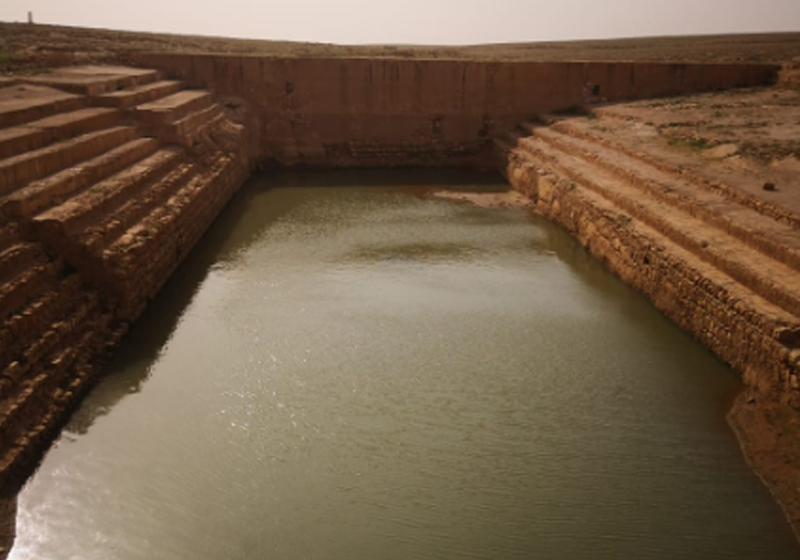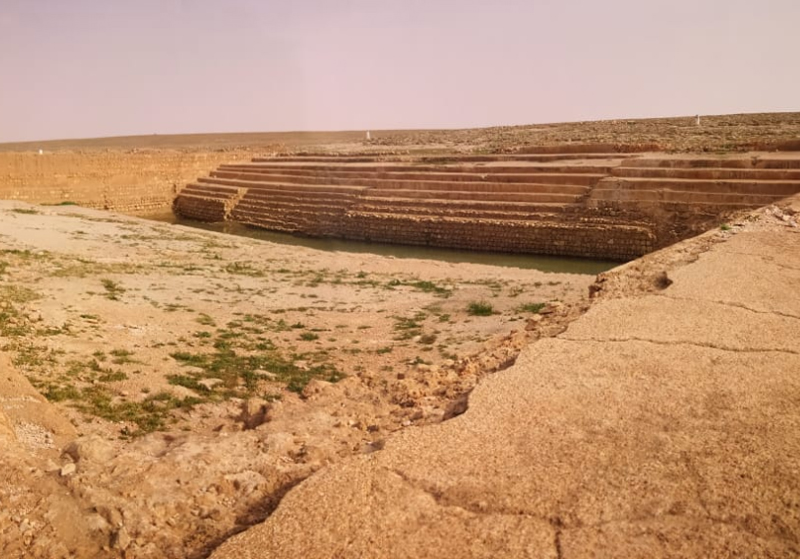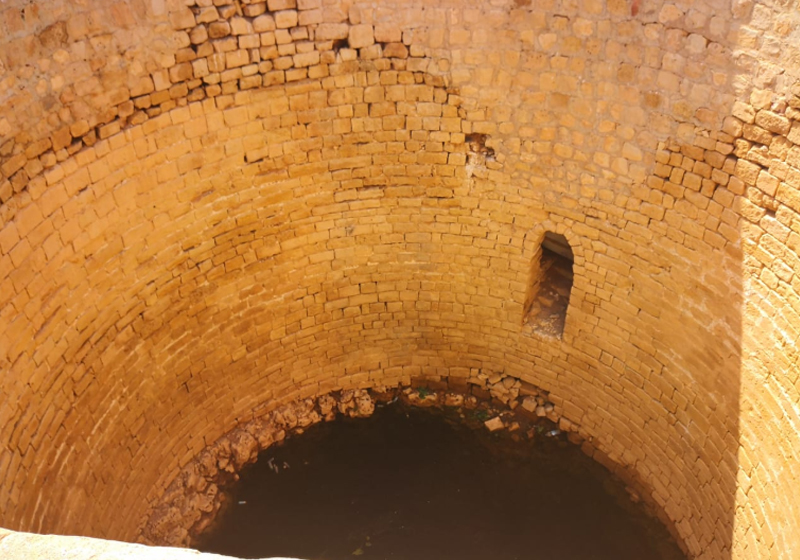Zubaydah's Path
The path of Zubaydah was previously called the path of confusion or the path of Kufic pilgrimage after Islam, starting from Kufa to Mecca. This road is considered one of the most important methods of Hajj and commerce during the Islamic era. It was known as the “Zubaydah Path” in relation to Mrs. Zubaydah, the husband of Caliph Harun al-Rashid, who contributed to his building, and it was immortalized throughout the ages. This road was used after the conquest of Iraq and the spread of Islam in the Levant, and its use became increasingly regular and affordable, as the water centers and grazing and mining sites located on it became major stations. In the Abbasid era, the road became an important link between Baghdad and the holy places and the rest of the Arabian Peninsula. The Abbasid caliphs cared about this road and provided it with various benefits and facilities, such as building water basins, digging wells, constructing ponds, setting up lighthouses, and so on. They also worked on expanding the road to be suitable for use by pilgrims, travelers and their animals. Historical and geographical sources and the remaining monuments mention that the path of this road was planned in a distinct practical and engineering way, as it was erected along stations, homes and rest houses, and its floors paved with stones in sandy and muddy areas, in addition to providing it with the necessary benefits and facilities from wells, ponds and dams, as well as signs, beacons and flares were erected on it. Stoves that illustrate a path, to guide travelers; Since the beginning of the Abbasid state, Caliph Abu al-Abbas ordered al-Saffah to erect miles (distance stones) and flags along the road from Kufa to Mecca, in the year 134 AH / 751 AD, and after him the Caliph Abu Ja`far al-Mansur ordered the erection of forts and water tanks at several points along the way on When the Caliph al-Mahdi ordered the construction of palaces on the Mecca road, as Caliph Harun al-Rashid ordered the construction of water tanks, the drilling of wells and the construction of fortresses along the road, in addition to providing him with public facilities and benefits to serve the pilgrims and travelers and their comfort , and the caliphs appointed governors who supervise the road and pledge them to maintenance and reconstruction First of all, the number of the main stations on this road is twenty-seven stations, and the average between each station and station is about 50 km, and there are secondary stations called each of them (dine), which is a break that takes place between each of the two main stations.



